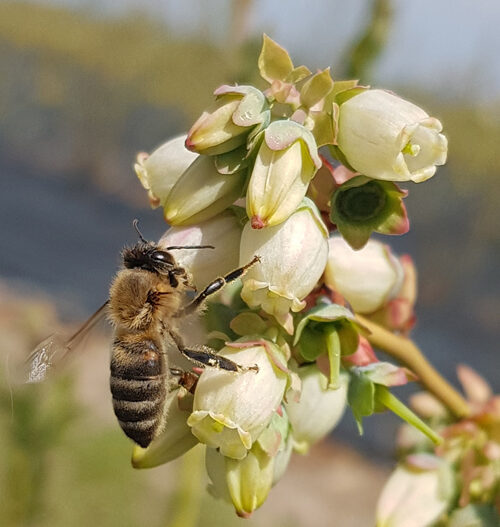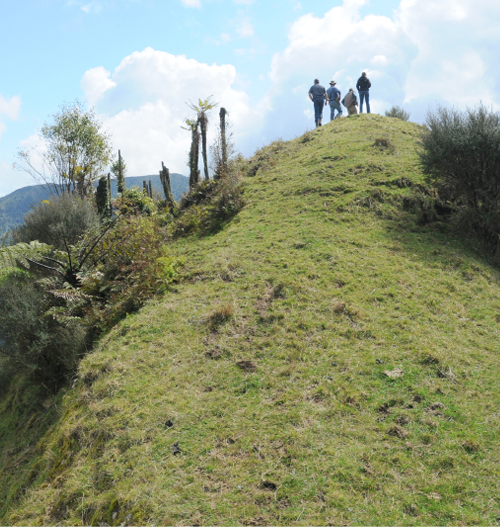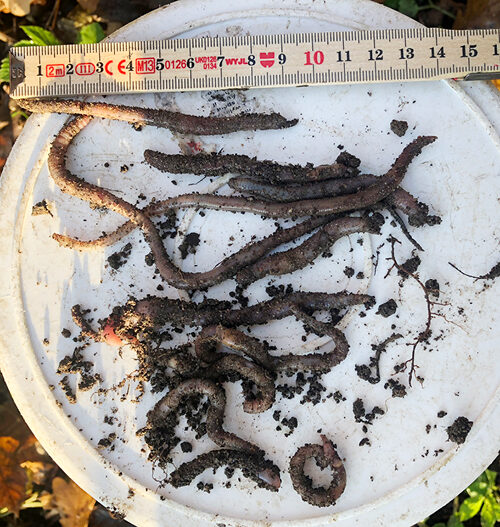Beneficial insects
A central part of Ingleby Farms’ strategy in achieving our 2030 synthetic pesticide-free goal is biological pest control using beneficial insects. Attentive to nature’s way of dealing with pests, we accumulate knowledge on-farm, enabling us to replace synthetic pesticides with strategic biological diversity.
Field tests in California
On our farm in California, we have tested how beneficial insects can control Gill’s mealybug (Ferrisia Gilli), which is a devastating pest in our pistachio orchard. In 2019, instead of applying synthetic pesticides, we released four species of beneficial insects as biological control in a 110-hectare orchard. Two of the released beneficial insects were to control Gill’s mealybug, namely cryptobug (Cryptolaemus montrouzieri) and Citripar wasp (Anagyrus pseudococci), which are both natural enemies to the pest. Minute pirate bug (Orius insidiosus) and green lacewing (Chrysoperla rufilabris) were furthermore released as general insect control. These insects are all native to the area.
Results were great, so we are continuing the synthetic pesticide-free approach in 2020 on the 110-hectare orchard by reapplying cryptobug and green lacewing. In 2019 as well as 2020, we surveyed the orchards to see what insect biodiversity was present. This is valuable information when working toward the use of beneficial insects to control our pests.
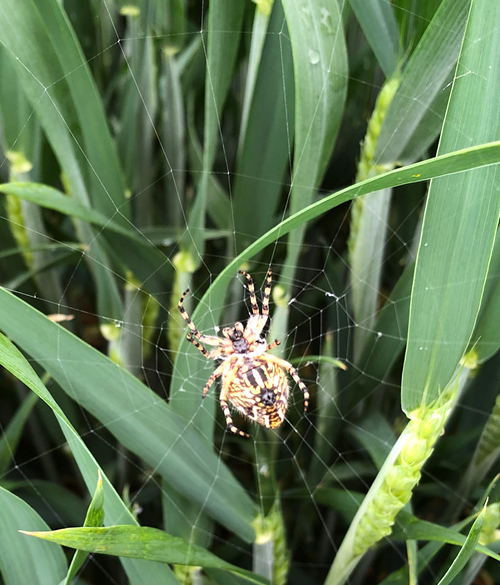
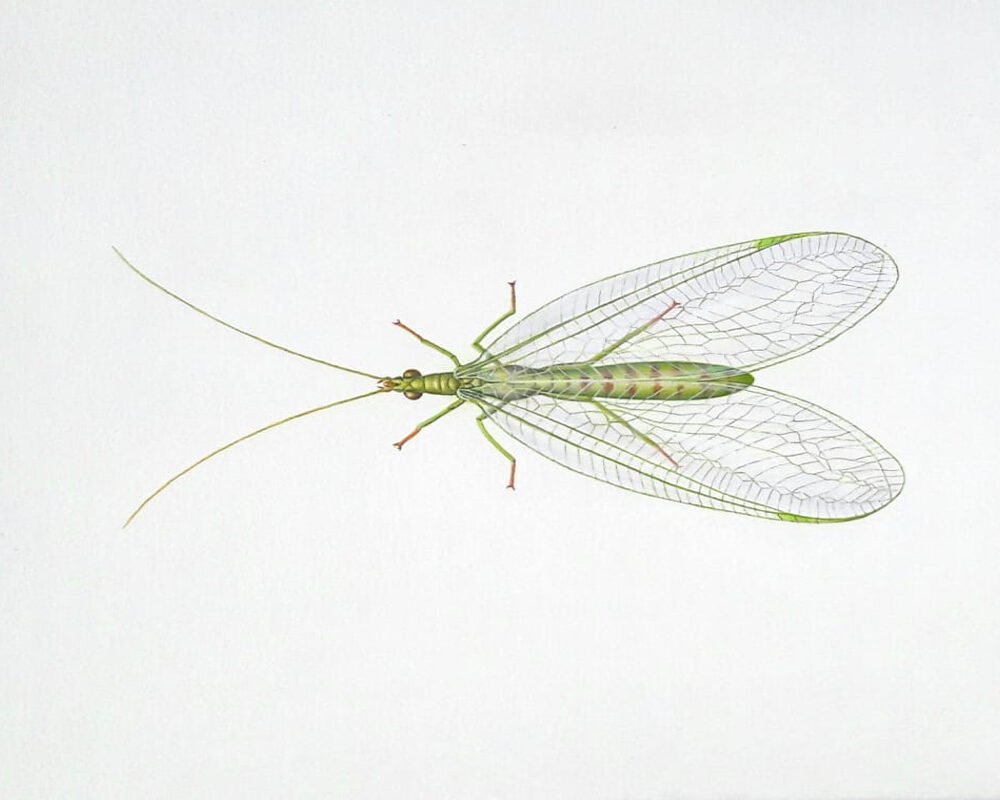
Beneficial insect lab
Ingleby’s Peruvian farms began using beneficial insects in 2014 with the goal of producing high quality fruit with zero pesticide residue. Over 30 different wasp, beetle and fly species were produced and trialled on-farm as alternatives to insecticides in the table grapes and avocados. We were careful to choose local insect species to avoid the potential introduction of invasive species.
Lacewings (Ceraeochysa cincta) proved to be the most successful beneficial insect. They are used to control white fly larvae which spread disease and eat plant tissue in the avocado and table grape crops. Bred on-farm in our beneficial insect lab, adult lacewings are fed on a mixture of water, yeast and molasses to produce over a million eggs per month. The eggs are then
distributed to the field where the lacewing larvae soon hatch. Lacewing larvae are veracious, penetrating buds more effectively than insecticides, and consuming 8-10 white fly larvae each before pupating.
In 2017, we began using the nematode Heterorhabditis bacteriophora to control soil born beetle larvae in the blueberry crop. Nematodes are bred in the beneficial insect lab before being released via the irrigation system. The nematodes are mobile and fast acting, with results visible in 2-4 days. Our field tests in Peru have been so successful that our on-farm beneficial insect lab is scaling up 20%.
Natural enemies to caterpillars
In 2020, we released Trichogramma wasps on 440 hectares in our San Fernando farm in Uruguay. This was to fight off soya-eating caterpillars which can be a devastating pest. Trichogramma are tiny wasps that lay their eggs inside the much larger eggs of caterpillars. The wasp population will therefore continue to expand until the pest is controlled. As the wasp is already native to Uruguay, there is no risk of releasing an invasive species. When we release Trichogramma wasps in the fields, we limit the amount of insecticide required to control caterpillars. By using the biology that nature gave us as an alternative to synthetic chemicals, we produce quality soya in a sustainable manner.



